Policy
As a company engaged in manufacturing, the Sanwa Group recognizes that ensuring the health and safety of employees is fundamental to our sustainability and our responsibility as a Company. Thus, the Group does its utmost to create a work environment that takes mental and physical wellbeing into consideration based on the notion that this is the responsibility of the company.
Safety Initiatives
Plant Safety Initiatives
At Sanwa Group, we have set up health and safety committees, chaired by the head of the plant that include safety managers, health managers, and employees. These committees strive daily to improve safety awareness, strengthen management systems, and eliminate occupational accidents. Health and safety committees establish health and safety policies, set targets, and implement countermeasures to prevent hazards. They also conduct risk assessments based on our Plant Safety Management Guidelines.
Details of Health and Safety Committee Activities
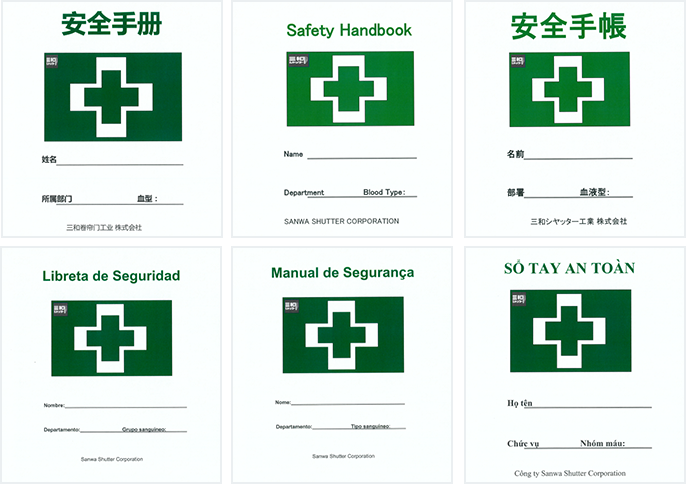
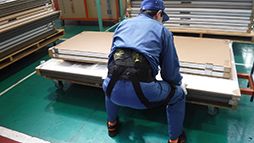
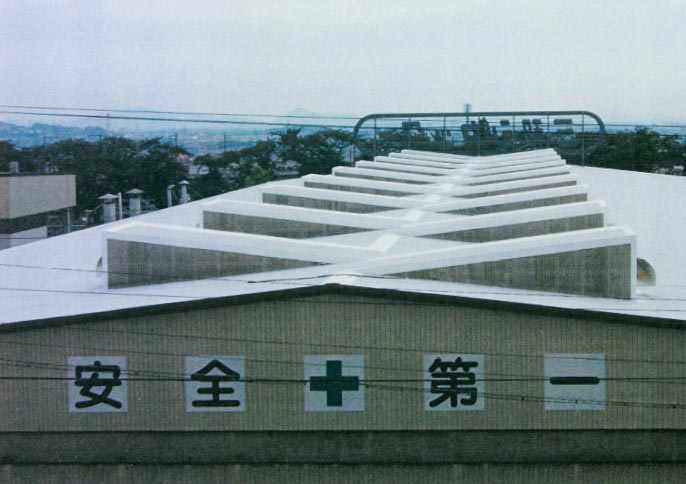
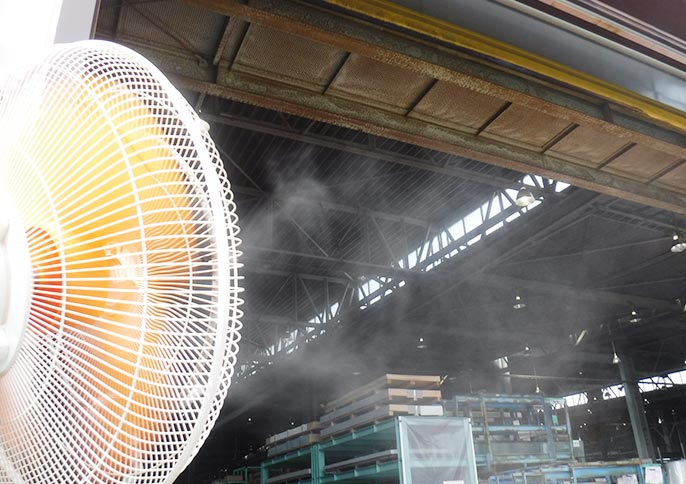
- Setting health and safety policies and targets for the fiscal year
- Preparation and implementation of health and safety action plan for the fiscal year
- Implementation of preventive measures for hazards to workers and health problems
- Investigation of causes of occupational accidents and implementation of reoccurrence prevention
- Implementation of training on health and safety matters
- Notification and compliance with revisions to the Labor Standards Act and the Industrial Safety and Health Act
- Implementation of safety measures after building new facilities and after changes in workplace layout
- Implementation of firefighting drills and evacuation drills
The first week of July every year is designated National Safety Week. During this week, we promote ways to prevent occupational accidents and to increase safety awareness. In 2019, we carried our risk assessments in each workplace, provided hazard training to safety managers to improve their skill levels, and rolled out the results inside our plants. A safety handbook covering matters related to safety such as safety-related laws, risk prediction activities and training, and safe operation guidelines has been translated into six languages (English, Chinese, Spanish, Portuguese, Vietnamese and Indonesian) for our ever-increasing foreign workers. In addition, the Sanwa Shutter Corporation Shizuoka Plant has introduced work-assistance suits for the purpose of reducing the physical burden on the backs of its workers that handle doors. The Group will continue to strive towards improving the work environment and work efficiency in aims of reducing the burden on its diverse range of workers, including women and the elderly.
Also, we focus on training for newly hired workers due to a high possibility of taking unsafe actions owing to a lack of experience. In addition to conducting position-specific OJT training every year, in fiscal 2022 we implemented response guidelines for a comprehension test in case of an occupational accident as well as the production operation regulation comprehension test, seeking to provide more thorough coaching on safety.
Examples of measures to prevent heat stroke in summer include the use of heat-resistant paint (water-based elastomer coating) on the roof of Sanwa Shutter Corporation's Gifu Plant to bring relief from the high temperatures inside the plant and boost the effectiveness of the air conditioning system and the installation of mist fans in the entrance to Sanwa Shutter Corporation's Shizuoka Plant.
We distribute acrylic face shields to workers in place of masks as a way to prevent both the spread of COVID-19 and heat stroke.
Safe and comfortable work environment
The Sanwa Group Compliance Code of Conduct states, “Along with aiming to create a cheerful work place, we maintain a work environment with consideration for mental and physical health. We make efforts to prevent work-related injuries, and strive to achieve a work place atmosphere where creativity can be expressed freely and honestly.” To ensure compliance with the Code of Conduct, we conduct audits on labor issues at each Group company, including the risk of human rights violations and preventing the use of child labor, forced labor, and excessive working hours. This allows us to better understand the current situation and to take appropriate action if a concern is found. Through due diligence prior to the start of a new business, we strive to better understand risks related to labor issues.
Occupational health and safety risk assessments at new plants and new facilities
When opening a new plant, installing new facilities, modifying present facilities, and changing operating conditions, we check for compliance with health and safety standards stipulated in regulations, laws and ordinances on occupational health and safety. In this way, we assess occupational health and safety risks. In addition, we take measures based on our Plant Safety Management Guidelines to prevent accidents caused by the misuse of these facilities.
Installation Site Safety Initiatives
The Group is taking steps to prevent and eliminate occupational accidents at installation sites through an educational program that seeks to raise safety awareness, including training for health and safety officers, training to improve skills (updated every three years) and training for employees involved in occupational accidents prior to their return. Such employees are asked to present an accident case study based on their actual experience and to propose actions to prevent such accidents occurring in the future at safety-related meetings at respective branches as a means to share information and knowledge.
TECH SANWA, the newsletter for installers issued twice a year since fiscal 2018, introduces installers working throughout Japan and provides important information installers should be aware of when installing new products and examples of incidents that almost turned into accidents. The newsletter is distributed to installers nationwide as a tool to spread awareness of safety issues.
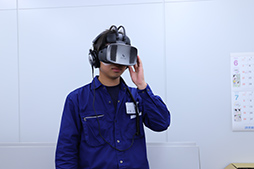
Sanwa Shutter Corporation provides safety raining using virtual reality (VR) technology, which allows workers to experience accidents that can occur at installation sites, such as cuts from electric tools and falls from portable work structures, from the point of a view of a victim, thereby focusing on reducing the occurrence of accidents.
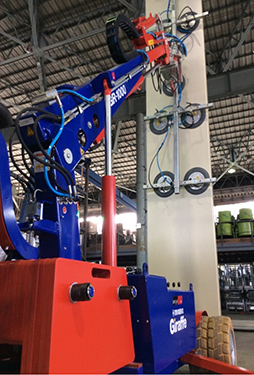
"Magical Taika Plus"
We are working to save labor during installation work using an “integrated -shutter installation method” that covers from advance assembly of heavy-duty shutter shaft and slats at plants through to delivery, and a “flameless installation method” where the door is mounted without any welding, and the use of connectors for electrical components. Magical Taika Plus, released in November 2019 by Sanwa Shutter Corporation, is a partition wall between fireproof structures installed in factories and warehouses. This partition uses slide-in panels (based on changes made to the conventional panel structure and design) and is installed using a installation-assist robot (Giraffe), making installations more than twice as fast as before. This method also helps to improve safety on sites where workers are becoming older.
-
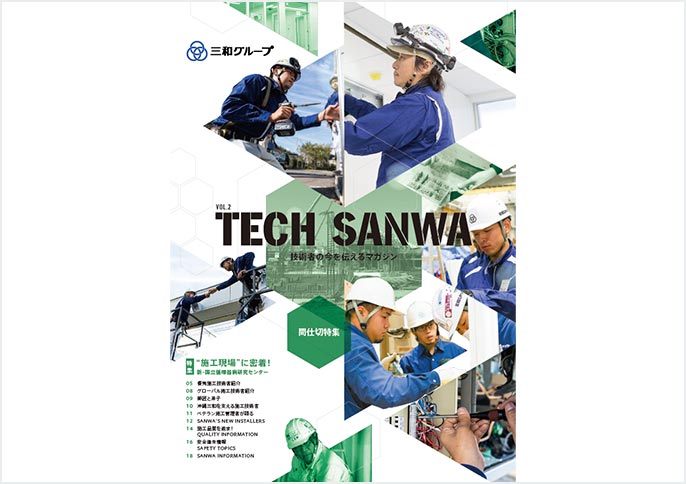
TECH SANWA,
the newsletter for installers -
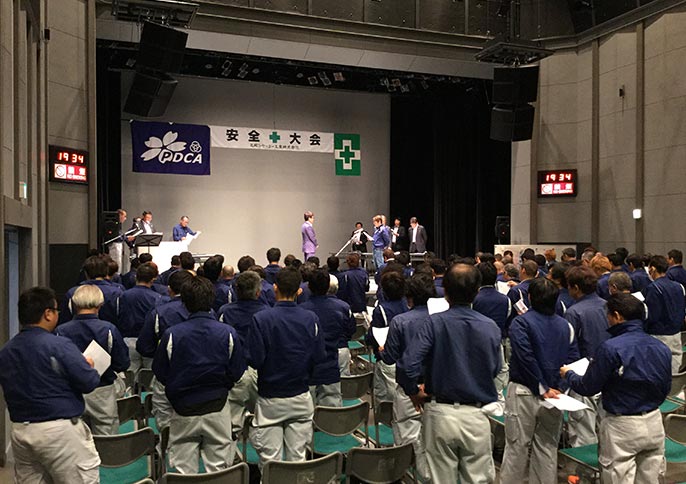
Safety-related meeting
Number of occupational accidents
For the annual health and safety activity targets for FY 2022, we implemented safety initiatives with the key goal of “achieving zero severe injuries and fatalities.”
Please see the "Latest ESG Data"for detailed information about the latest Lost-time injuries frequency rate/severity rate:
Latest ESG Data
Certification of occupational health and safety management system (ISO45001)
Shanghai Baosteel-Sanwa Door, subsidiary in Asia, obtained ISO45001 certification for their occupational health and safety management systems in 2017. Today, they continue to work to increase the level of occupational health and safety.
* Percentage of manufacturing plants that have obtained ISO 45001 certification: 2% (one company)
Management System Certification Status![]()
Health and safety management system
When an occupational accident occurs, an occupational accident report is prepared following the Crisis Management Guidelines. The results of the accident investigation, including any preventive measures, are also reported to the head of the plant, the manufacturing and engineering divisions, the president of Sanwa Shutter Corporation, and the directors of Sanwa Holdings Corporation. Information on occupational accidents is shared among plants and reminders for prevention are made quickly. In this way, we are promoting initiatives that prevent occupational accidents, including updating safety handbooks and adding new safety rules, among others. Also, Sanwa Holdings Corporation's Executive Officer in charge of CSR (director) reports occupational accidents to the Board of Directors and conducts supervision and the improvement of our health and safety risk management system through periodic monitoring.